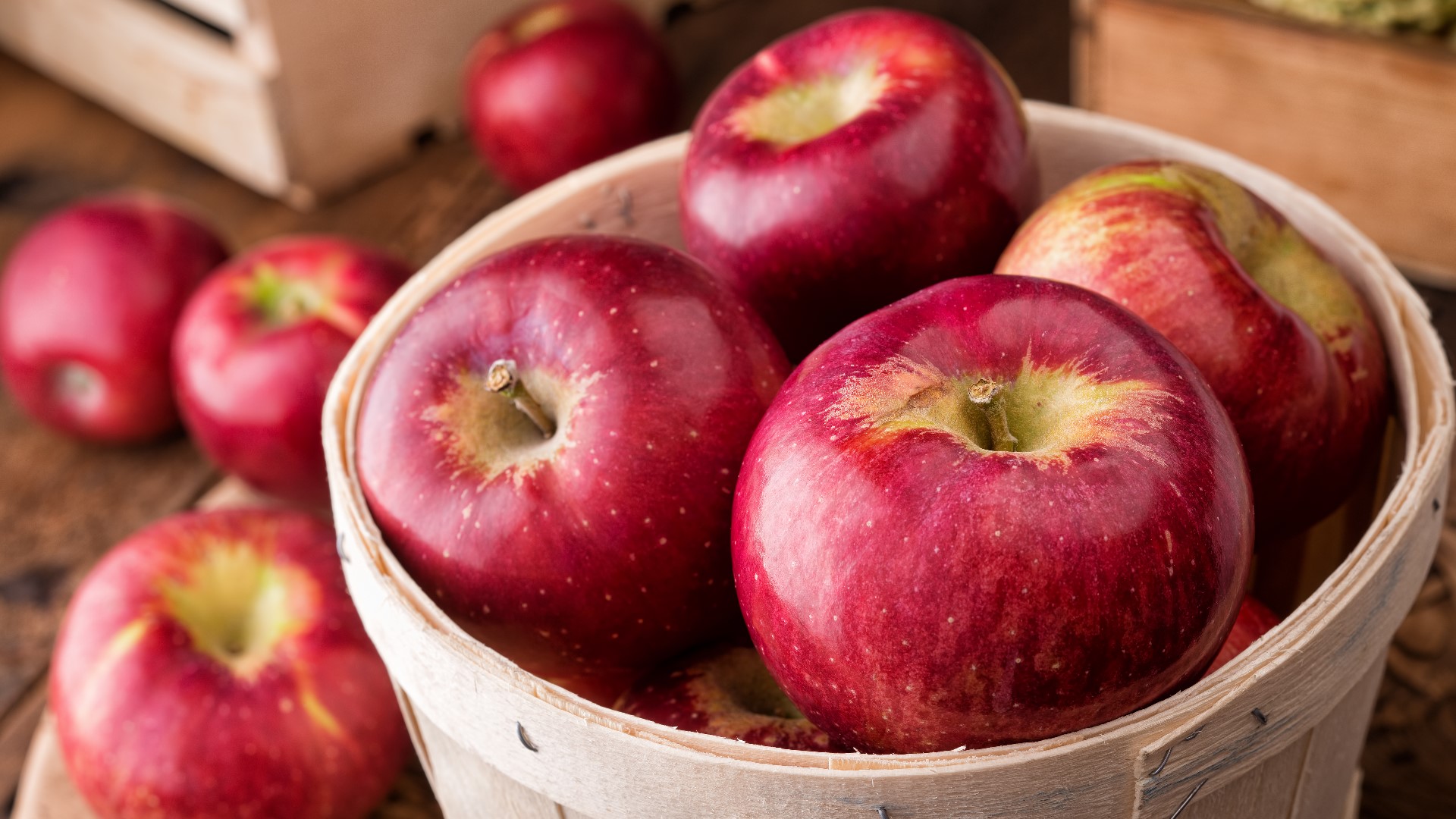SACRAMENTO, Calif. — Día de los Muertos is not a day of sadness. It's definitely not "Mexican Halloween," either. Yes, the theme of the three-day holiday is death, but the festivities strive to show the love that families and friends have for their deceased.
Read on to have all of your questions about this incredible celebration answered!
When will Día de los Muertos be celebrated in 2019?
This year, Día de los Muertos begins on Thursday, Oct. 31 and ends on Saturday, Nov. 2. Oct. 31 marks noche de brujas, or night of witches, and denotes the start of the three-day-long holiday. The following day is known as the Day of Innocents.
But throughout the month of October, there are numerous activities that can help you prepare for the main event--the Day of the Dead--on Nov. 2.
So, Day of the Dead is just a Mexican version of Halloween?
The simple answer to this question is no.
The three days of Día de los Muertos do have a connection to the Triduum of Allhallowtide: All Hallows' Eve, All Saints Day and All Souls' Day. This seems to be where the mix-up about "Mexican Halloween" comes from. However, Día de los Muertos has roots in Mesoamerican culture and observance. It was only after Spanish colonization that Día de los Muertos eventually adopted All Saints Day and All Souls Day as part of the overall celebration.
The roots of this holiday are traced to indigenous observances and an Aztec festival dedicated to the goddess Mictecacihuatl. Also known as "Lady of the Dead," this queen of the underworld and ruler of the afterlife watches over the bones of the dead. Today, she presides over the festivals of the dead as La Santa Muerte, Our Lady of Holy Death.
Where is Day of the Dead celebrated?
Mexico is the home of this holiday, where a massive amount of people celebrate from the vibrant cities to the rural pueblos. In Mexico City, the celebrations are amazingly extravagant and include an enormous parade with skeleton puppets, dancers, and hundreds of thousands of spectators.
Where pockets of Mexican and Mexican-American populations exist, such as in parts of California and Texas, you'll notice many similar events and festivities. Day of the Dead is truly celebrated all over!
What does 'día de los muertos' mean?
Día de los muertos literally translates to Day of the Dead. But don't be fooled! This holiday is all about celebrating life.
How is it celebrated?
Death may be a focal point of Day of the Dead, but the tone is festive, not sad or scary. Traditionally, family and friends gather to joyfully remember their loved ones who have passed.
The festivities are splashed with color. Dancers and participants are often decked in costumes of bright fabric. Face painting is also popular. It is likely that you will see many skeletons and skulls as you pass revelers in the street.
Aztec marigolds are a frequent sight and can be seen on altars and in people's hair, creating waves of yellow gold. Some believe that these vibrant and pungent flowers help guide the spirits of the dead to their altars. Papél picado, images cut into neon tissue paper, hang in the air like colorful snowflakes and cross the streets.
People also erect beautiful altars called ofrendas, often decorated with images that honor the deceased. Families and friends might partake in their loved ones' favorite activities or meals as a way to respect their legacy.
What traditional food is eaten?
Unfortunately for those with a sweet tooth, those frosted sugar skulls the size of baseballs are just for decoration. The good news is that it will save you a nasty cavity! Smaller sugar skulls are also in abundance and are much more gentle on your teeth.
For something sweet but filling, enjoy some pan de muerto. This delicious sweet bread is made specially for Day of the Dead.The top of the bread is decorated with crossed bone-shaped dough and a generous helping of sugar. Pan de muerto is also a popular item to leave at the ofrenda.
What is an 'ofrenda', or altar?
The word ofrenda translates to 'offering' in English, but this ofrenda is a lot like an altar.
The ofrenda is often set on a table with a fine tablecloth or covering. Pictures of the deceased relative or friend are assembled alongside candles--the light is thought to guide the deceased to the altar.
Marigolds and papel picado are used as colorful decoration. Sugar skulls, flowers, and other items might also be placed on the altar.
Friends and families leave food and water on the altar so that the dead can take nourishment with them to the afterlife. Some of the deceased may prefer cigarettes or alcohol, in which case loved ones will pour out a shot or leave a cigarette as tribute. Pan de muerto is a must. Though the dead cannot eat the pan dulce, they can enjoy the sweet aroma and savor its essence.
How can I celebrate in the Sacramento Area?
There are many events and activities going on in the Sacramento area in honor of Day of the Dead, with some workshops and museum attractions already underway.
For the largest and most festive events in Sacramento, look out for Sol Collective's Souls of the City Festival in Old Sacramento and the Latino Center of Art and Culture's El Panteón de Sacramento. These two events are not only free, they are hugely popular!
If you can't make these events, don't worry! There are plenty of ways to celebrate on your own. Here is a video on how to make pan de muerto to get you started!
► GET BREAKING NEWS ALERTS WITH THE ABC10 APP:
► Stay in the know by signing up for ABC10's Daily Blend newsletter




